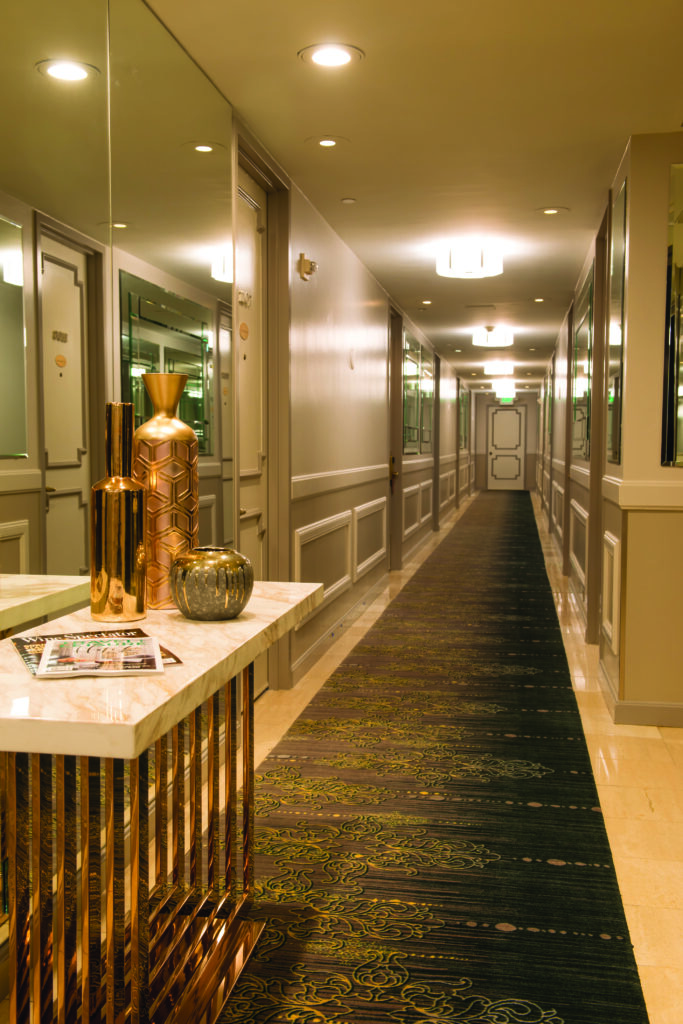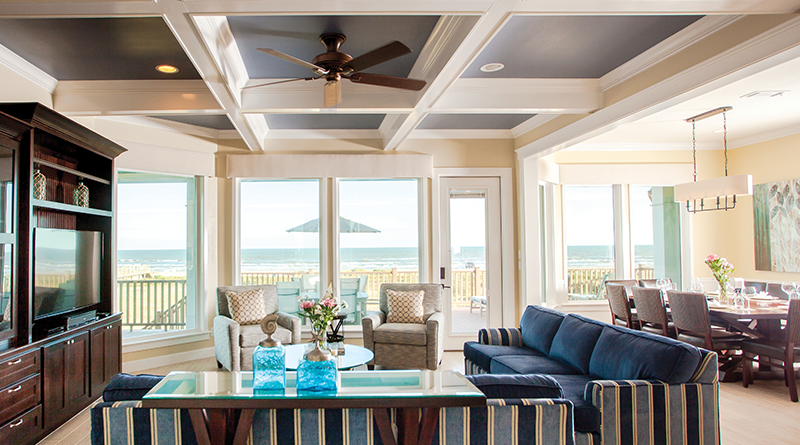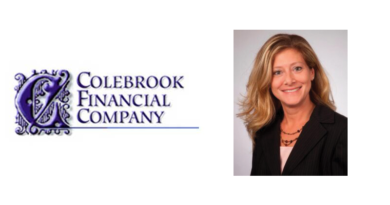Reserve the Time and Money for your next Renovation!
Ultimately, one of three forces will become the priority in decision making, shaping the outcome of your next renovation: Time, Money, and Quality. Ideally, the Quality of design is the primary driving force. Practically, it is a juggling act of timeline and budget. Let’s take a closer look at timing and budgeting so that the quality of design takes center stage in your next resort renewal.
Time
Starting from the opening date or the last major renovation, resorts can operate with a standard timeline of typical phased renovations. To keep your resort relevant and in excellent condition, there are three general levels of update and each one happens in its own cycle.
- Every 3-5 years a Refurbishment is in order – renewing soft goods, equipment, fixtures, and furniture.
- Year 7-10 is time for a Basic Renovation, which goes further than a refurbishment, considering case goods, wall covering, flooring and more.
- A Complete Renovation includes interior and exterior projects, upgraded technology, elevators, and entire redesign of amenities happens. This happens every 15 to 20 years – or with changes in ownership or branding.
Understanding the cyclical nature of property renewal highlights the need to always be preparing the budget for the next project is on going. The timeline for your final result starts long before demo begins and is baked into the overall management of your resort. Assessing needs and preparing for the cost of future improvements is ongoing and lays the groundwork for every project.

Money: The Reserve
Reserve funds are essential to maintaining a resort. Contributions are made to the fund on a regular basis as part of the operating budget. At the same time, the Reserve money exists separate from the operations budget. The amount of money dedicated to the reserve fund varies greatly per property. The goal is to have an adequate amount of money in the reserve to replace components as they are due, and there are over 300 components taken into consideration.
A fully funded – fund means the resort has on hand all monies needed to address any repair. However, having 100% of the money on hand is not practical and incredibly rare. Instead, your resort should aim for a high enough percentage that money won’t impede decision making and progress when needs arise; this is typically 70-75%. But how much does that equal for your resort? Enter – the Reserve Study.
Money: The Reserve Study
The Reserve Study is the most powerful planning tool for ensuring financial readiness come what may. The study is carried out by a third-party professional who assesses the current physical condition of the property and a thorough financial analysis of your resort. The result is a roadmap of when items will need repair/replacing with projected costs related to each across the entire term of the study, up to 30 years. Once completed, the reserve study does not run on autopilot. It requires attention, review, and annual updates depending on what maintenance took place over the course of the year.
With the proper long-term planning, the reserve study and funds work as tools to remain cost efficient in renovations, mitigating the need for major bank loans for your renovation. Moreover, it can be used as a basis for understanding what your renovation project will cost. Some reserve components and money set aside, can roll into your project budget.
Related: Club Donatello Resort in the heart of San Francisco’s Union Square
More Money: Project Budget Estimating
Establishing the project budget is different from the reserve study and setting the budget for the project will determine a lot about the end result. For example, the extent of the renovation, the quality of materials, and the level of customization incorporated into the design. Defining the scope of the project is key to developing the budget. Deciding whether it is a refurbishment, basic renovation, or complete renovation is a start in understanding the Scope Of Work. Determining each affected area is the next step.
With the Scope Of Work in mind, there are two approaches to establishing the budget. The Top – down approach comes from ownership/management after careful analysis of resort finances and resources. A decision is made on what is feasible and that number is shared with the design team to work with the budget number already in place. The benefit here is certainty of the budget, and the challenge is optimizing costs to fit the budget. The Bottom-up approach leans on the design team for cost estimation. This approach requires a thorough understanding of the project and competitive market knowledge by the team, to give the proper estimation. In both cases, there is ongoing conversation to finalize the Budget. In either case, a general rule of thumb is that the cost of your renovation will be 10-15% of the property’s value.\
Related: Pooch Proof Your Resort!! Dog lovers travel too!!
Time and Money
Using tools like the reserve study, the expertise of your professionals, and general rules of thumb will give you confidence in the budget for your next remodel. But you will lose both time and money if you do not budget for the unexpected. Contingency is an essential line item for the budget. “I highly recommend marrying your Scope Of Work to a realistic budget including a contingency plan for the unexpected.” Says Ken E. Phillips, Jr. -The Allied Group | Renovation Experts. And I couldn’t agree more. The rise of the unexpected is a guarantee. And without money planned for it, all three forces of your time, money, and the quality of design will suffer.
Margit E. Whitlock is Principal and Creative Director for Architecture and Interior Design at Architectural Concepts Inc., a San Diego, CA based Architectural and Interior Design Firm specializing in hospitality design. She is an accomplished speaker and frequently published in magazines such as Developments, Resort Trades, Hotel Business, Hiatus, Vacation Industry Review and Resort Management and Operations. You can reach Margit here: Margit@4designs.com / www.4designs.com



